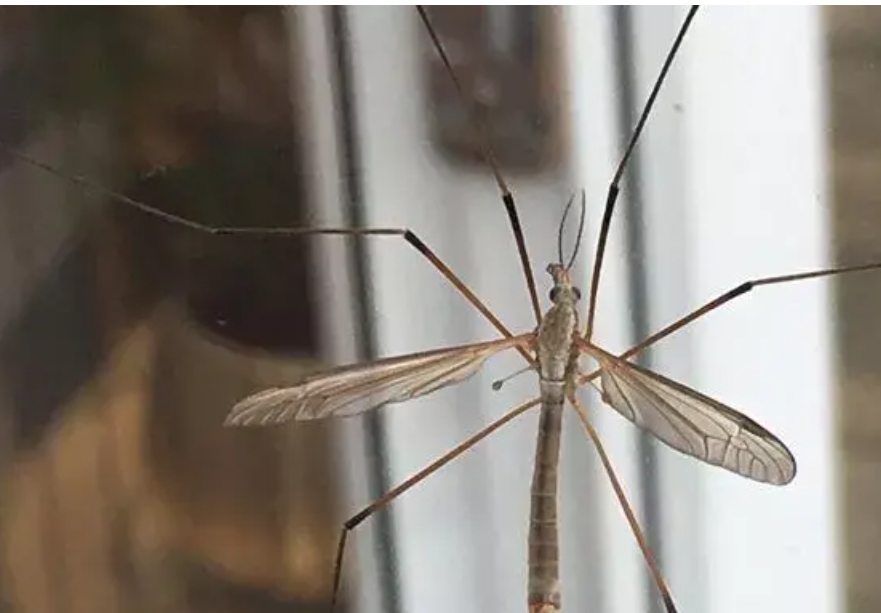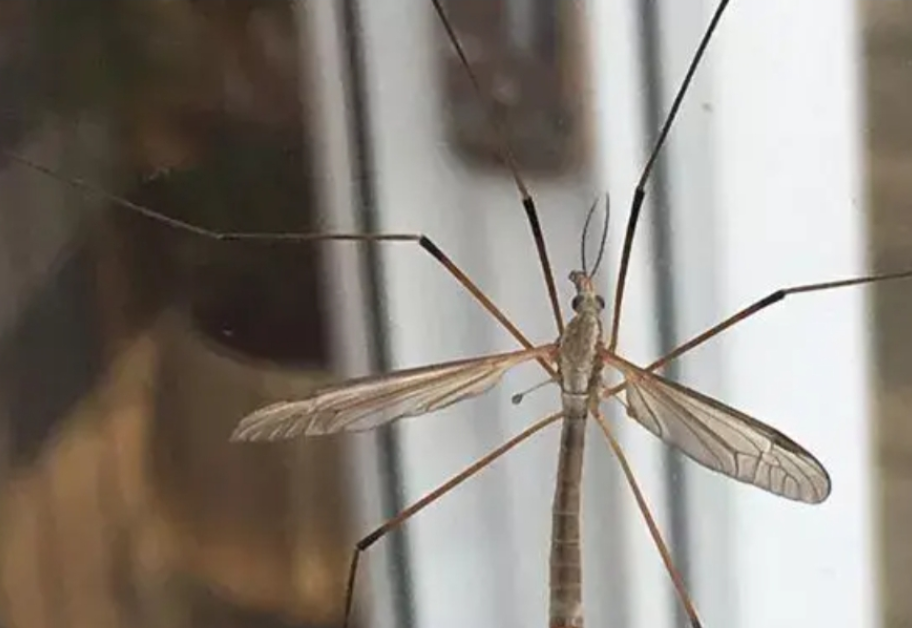
You may have noticed more daddy long legs in our homes lately. These long-legged creatures are actually a species of crane fly.
As adults, they are familiar to us as the gangly insects that flit around our homes in the summer. They are typically brown with translucent wings and very long legs that can easily fall off if handled. Their legs are usually several times longer than their bodies.

During their larval stage, which is also known as a “leatherjacket,” they live underground and feed on plant stems and roots. This makes them an unpopular species among gardeners, as they can leave bare patches of lawn and even become agricultural pests.
During late summer, daddy long legs can be found in gardens, fields, and sometimes indoors. They focus on mating and laying eggs in grass rather than feeding at this time.
In the UK, daddy long legs emerge in mid-August and are most prevalent in September when the weather cools, leading them to seek warmth indoors. Despite an urban myth that they are venomous, daddy long legs cannot bite and do not pose a threat.
If you find a daddy long legs in your house, it’s best not to harm it as they can help control smaller insects. To prevent them from entering, it’s important to remove damp environments that they lay eggs in, such as wet leaves in the garden.
Additionally, keeping your kitchen clean and free of rotting fruits, mushrooms, and dead insects can discourage them from entering. Clearing clutter and sealing any cracks or holes in doors and windows can also help prevent daddy long legs from entering.




